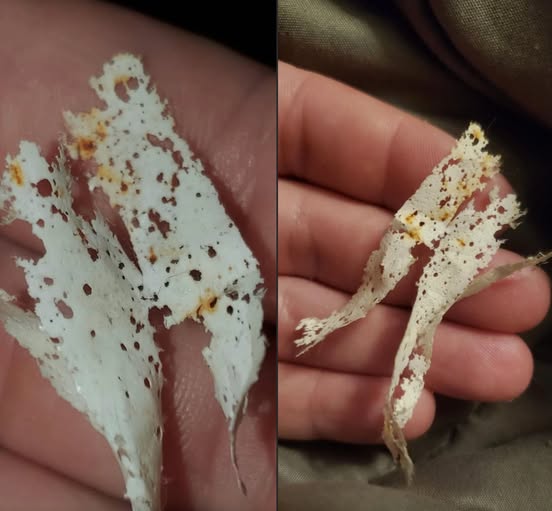How to Eliminate White Fibrous Debris and Restore Clean Water
Now that you understand what might be causing the white, thread-like material and rusty particles in your water, it’s time to tackle the problem directly. With a few strategic steps—and, in some cases, professional help—you can eliminate the debris and protect your plumbing for years to come.
🌀 Step 1: Flush Your Plumbing System
Begin by removing all faucet aerators, screens, and filters from your taps, showers, and appliances like dishwashers and washing machines. Then, follow these steps:
- Run hot water from each fixture for 5–10 minutes to flush out any remaining dip tube fragments or rust sediment.
- Open and close nearby valves to create pressure changes that dislodge particles trapped in corners and bends of the system.
- Repeat flushing over several days if the issue is widespread.
⚠️ Focus especially on hot water lines, since they are directly impacted by your water heater.
🧰 Step 2: Clean or Replace Filters and Valves
Tiny plastic strands and rust can build up behind valve seals and inside filter housings, reducing water flow and contaminating your supply.
✔️ Clean or replace:
- Showerhead filters
- Appliance inlet screens
- Sink aerators
- Under-sink water filters
📌 Tip: If you’re seeing debris repeatedly in the same fixture, it’s likely there’s a nearby obstruction or buildup.
🔥 Step 3: Inspect the Water Heater
If your water heater is more than 10–15 years old, or if you suspect a broken dip tube, a professional inspection is a smart move.
A plumber may recommend:
- Replacing the dip tube
- Flushing or draining the tank to remove sediment
- Replacing the entire unit if it’s nearing the end of its lifespan
🛠 In some cases, a full system flush or even partial repiping may be necessary, especially if your plumbing contains persistent deposits from a long-gone problem.
💧 Step 4: Prevent Future Problems
Once the current debris is cleared out, protect your water quality by:
- Scheduling annual water heater maintenance
- Installing whole-house sediment or carbon filters
- Keeping your plumbing system updated and inspecting older pipes
You might also consider water testing—especially if you suspect chemical issues, abnormal hardness, or organic matter.
🧾 Final Thoughts
White fibrous material in your water—especially when combined with rust—is more than just a cosmetic issue. It’s a warning sign that your water heater or plumbing system may be deteriorating, and acting early can save you major headaches (and plumbing bills) down the line.
🔧 While basic flushing can solve the problem for many, persistent or recurring debris should always be checked by a licensed plumber. A proper diagnosis could reveal early corrosion, hidden blockages, or failing components that need attention.
💬 Have you seen this in your own water? Share your experience in the comments.
🔁 Tag a friend who’s dealing with weird tap water lately—this could explain everything.
📌 Save this post for later if you’re about to do home renovations or replace your water heater.





